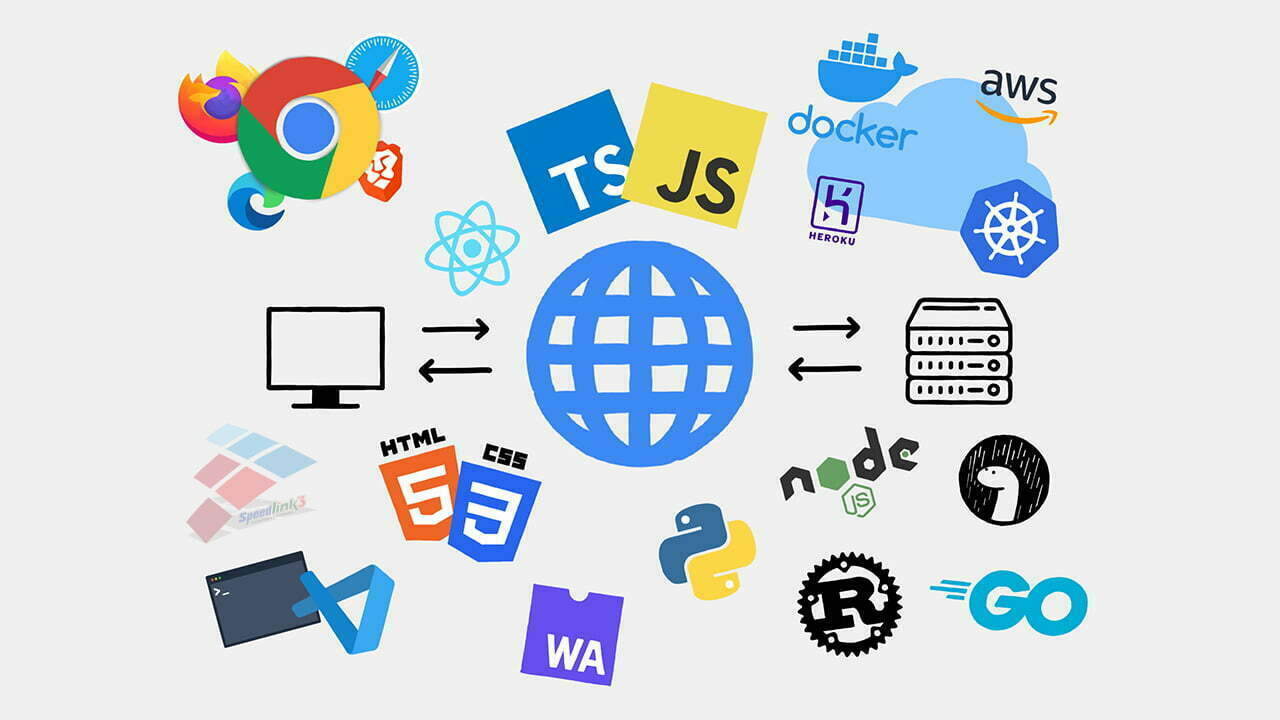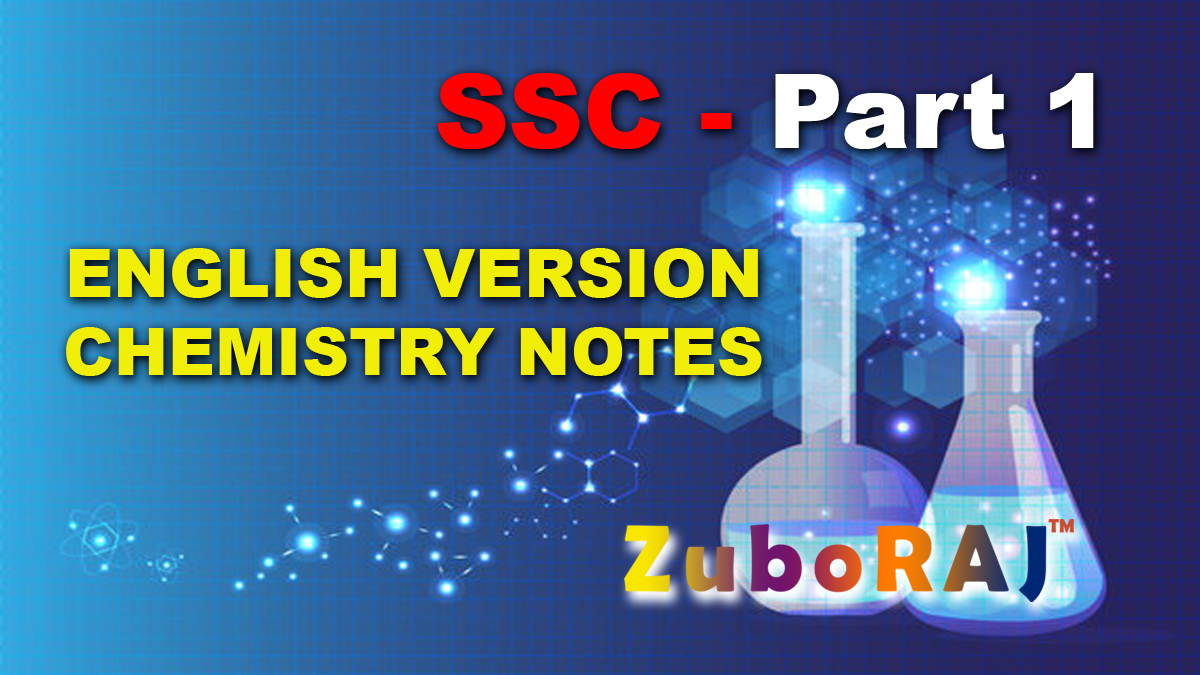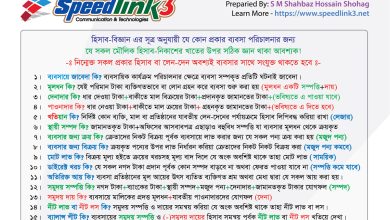
In this article we learn how to become a Full Stack Web Developer. In this tutorial will provide you with detailed roadmap to begin your career as a Web Developer.
- Who is a Full Stack Web Developer?
- Full Stack Web Developer Skills
- Full Stack Web Developer Technologies
Who Is A Full Stack Web Developer?
A full Stack Web Developer is a person who has a good knowledge of how the net works at every and each stage, which include putting in and configuring Linux or windows servers, coding server-aspect APIs, jogging the customer-facet of the software with the aid of using JavaScript, working and querying databases and structuring and designing the net web page with CSS, HTML and JavaScript.
Let’s narrow down the key roles and responsibilities of a Full Stack Web Developer:
- Should be well acquainted with system infrastructure including hardware and operating systems.
- Create and design front end by using HTML, CSS and JavaScript.
- Build interactive UIs with the help of JavaScript frameworks, such as, ReactJS, AngularJS, VueJs, Ember, etc.
- Code server-side APIs and back end by using programming languages like Python, Ruby, Java, PHP and frameworks like NodeJS.
- Manage and operate Relational Database Management Systems like MySQL, MongoDB, SQL, etc.
- Must be well versed with Project Management tools and client co-ordination.
Now that you know the key roles and responsibilities, I’m sure you’re wondering,
Who Can Become A Full Stack Web Developer?
The front end developers and again end developers can follow an smooth pathway to emerge as a full Stack Web Developer for the reason that they already have an concept about how the web works.
To get a more in depth understanding about how to become a Full Stack Web Developer, you can check out this video recorded by our Web Development Experts.
Full Stack Web Developer Skills
A Full Stack Web Developer must know how to create and maintain the front-end and the back-end of a web application and must also be proficient with the various languages used to develop a web application.
Here’s a list of skills that I narrowed down by studying a couple of Job Description:
- An in-depth understanding of working with system infrastructure, web architecture and communication protocols like HTTP, TCP/IP, etc.
- Skilled in working with deployment operating systems like, Ubuntu, CentOS, Windows, etc
- Understanding the function of a web server such as nginx, Apache, etc.
- Basic designing ability (UI/UX designing)
- Proficiency in Front end technologies, such as HTML, CSS & JavaScript
- Design and develop the UI using web development framework and libraries like jQuery, React, AngularJs, etc
- A good understanding of server-side languages such as Java, Python, PHP, Ruby, etc and server-side frameworks such as NodeJS
- Well versed in operating and querying Relational and NoSQL Database Management Systems such as MongoDB, SQL, MySQL, etc.
- Operating and managing Version Control Systems such as Git, Subversion, etc.
A good understating of working with Project Management Tools such as Scoro, Jira, etc.
Now that you know what skills you need to become a Full Stack Web Developer, let’s try to understand the tools and technologies you need to master in order to acquire these skills.
Full Stack Web Developer Technologies

Full Stack Development involves developing and designing the following three layers:
- Front-End Layer
- Back-End Layer
- Database Layer
Front End Layer
The front-end layer helps you interact with the web, watch videos, perform actions like register to an online shopping site. So basically, the design, look and feel of the web is accomplished with the help of HTML, CSS, and JavaScript.
Let’s talk a little bit about front end technologies.
Being proficient in languages like HTML, CSS and JavaScript is the most basic requirement for becoming a Full Stack Developer.
- HTML which stands for HyperText Markup Language is the skeleton of every web page. By using HTML you tell the browser how you want your content to be structured by defining the different parts of a web page.
- CSS which stands for Cascading Style Sheets is used for styling the HTML elements. It provides 1000s of styling functions which are used to style the HTML elements defined by us.
- JavaScript is an interpreted scripting language used to make the web look for alive. All the motions and graphics that you see on a website is done by using JavaScript.
JavaScript Frameworks
Having a knowledge of the above-mentioned languages is not enough. Websites and web applications these days have integrated, complex and interactive UIs which attract more traffic. To accomplish this, it is necessary to know the various JavaScript Frameworks and libraries like, Angular, React, VueJs, Ember, NodeJs, jQuery etc.
There are 100s of JavaScript frameworks that will help you with web development, but it’s often confusing to choose among so many well-versed frameworks.
Back End Layer
The back-end layer forms a dynamic connection between the front-end and the database. To get this layer working it’s important to know at least one of the programming languages such as Python, Java, PHP, Ruby, etc and knowledge of server-side frameworks such as NodeJS is mandatory.
- Python is an open source, object-oriented programming language that was released in 1991 and ever since it has become one of the favourite languages of most software and web developers.
Here’s an entire Python blog dedicated to the use of python, its features and also how one can write programs with Python, do give it a read.
- Java is an open source, high level programming language which was released by Sun Microsystems in 1996. It follows the Write Once Run Anywhere (WORA) approach that makes it compatible to run on any platform.
- PHP is an open source, server-side scripting language used to develop the back-end logic of an application. It is a powerful tool for making dynamic and interactive websites.
- NodeJS is an open source, JavaScript framework used specifically for creating the back end or the server side of an application. Through NodeJS, JavaScript can now finally run on the server side of the web.
To learn more about NodeJS, you can go through this video recorded by our Web Development experts.
Database Layer
The data layer is a massive warehouse of information. It contains a database repository which captures and stores information from the front-end, through the back-end. A prerequisite is to have knowledge of how data is stored, edited, retrieved, etc. An understanding of Databases such as MySQL, MongoDB is a must.
- MySQL is an open source, Relational Database Management System that provides multi-user access and supports multi storage engines.
- MongoDB is known for its ease of use and its quickness in handling large amount of data. It is an open source, object-oriented, NoSQL database which is highly scalable and is efficient in handling unstructured data.
In addition to the above-mentioned technologies, a Full Stack Web Developer must know the different parts of the web, one must have a good understanding of web architecture and the various communication protocols like HTTP, he must also be familiar with Version Control systems and Project Management tools.




